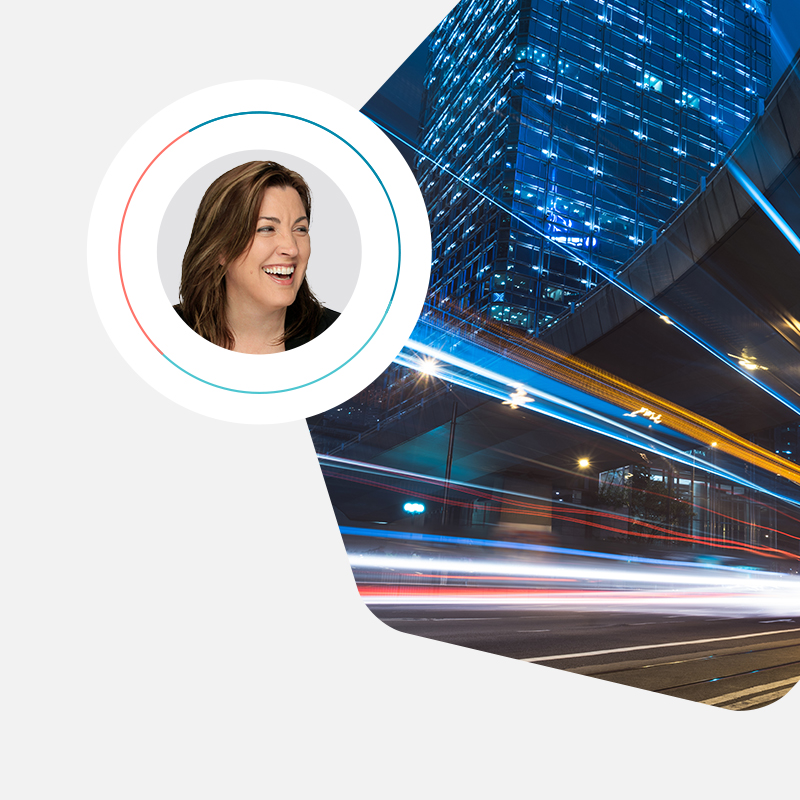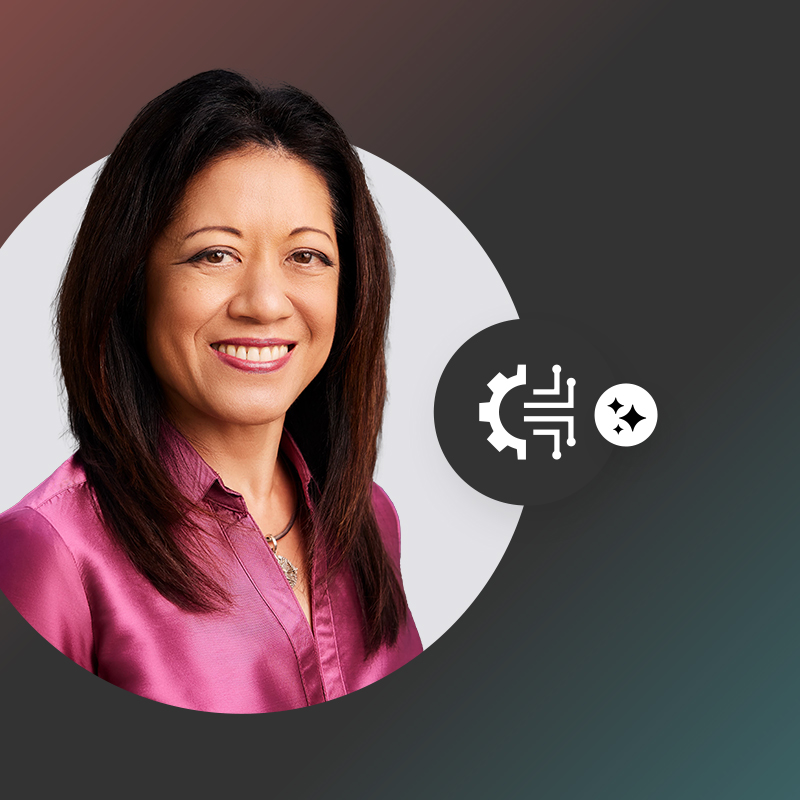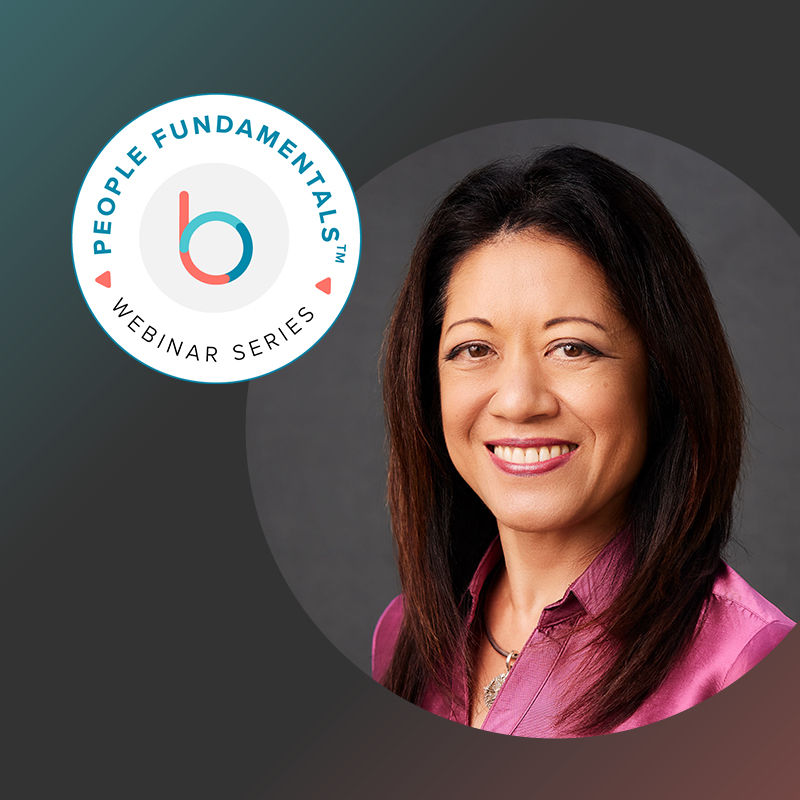Twenty years ago, I had a long discussion with several HR practitioners who vehemently argued that each of our HR processes — calibration, succession planning, performance management — exists separately. My response was that managers and employees had a different experience. For them, a common thread links every HR process: They’re all about people.
The HR life cycle has always been segmented, with different groups focused on different parts of the cycle. To this day, most HR processes follow the legacy approach we debated with all those years. There’s still a gap between how practitioners view HR processes (as distinct activities) and how the workforce experiences them (as part of a larger employee experience).
As HR professionals, we must recognize that this type of siloed thinking leaves value on the table. But when we integrate our processes, we bring together multiple streams of data to paint a more complete and more accurate picture of talent strategy.
“There’s still a gap between how practitioners view HR processes and how the workforce experiences them. As HR professionals, we must recognize that this type of siloed thinking leaves value on the table. But when we integrate our processes, we bring together multiple streams of data to paint a more complete and more accurate picture of talent strategy.”
While breaking down silos remains challenging, the next stage of HR’s evolution comes with artificial intelligence (AI). AI can help HR leaders deliver fluid, comprehensive HR programs that improve the employee experience and drive better business outcomes.
Here’s how we can use AI to break down silos.
Move away from detached processes
The traditional HR mindset needs to change. This mindset looks at HR processes as separate events, which means they easily become siloed and detached from actual business needs. We become so attached to honing our specific process that we forget the bigger picture. Instead, we need mechanisms that help us engage in each HR process on an ongoing basis — and that’s where AI can help.
Take succession planning as an example. Every year, HR leaders put time and resources into identifying high-potential employees and developing them for leadership roles. We know succession planning is an important element of a comprehensive talent strategy, but many organizations instead treat succession planning as something separate from other HR duties. When succession planning is siloed, you’re missing out on rich data, not to mention everyday opportunities to support the business.
Instead of succession planning as a static action, it needs to happen on an ongoing basis. Bring up succession or talent gap challenges during business meetings, and address them in the flow of work. If we wait to confront leadership needs until the calendar says it’s time to do succession planning, we’ll miss opportunities to make smart, strategic decisions that help the business thrive.
How does AI help HR in this effort? AI-powered analytics and tools can help you make sense of more data, more quickly, so that you can apply those insights when the business needs it, not just when it falls on the HR cycle — to proactively address succession planning and other business challenges.
Empower managers to make the music
We know that HR has to shift its mindset and view people strategy as an integrated approach. Think of your role as that of a conductor — you don’t perform the music, but you guide and support the orchestra in doing so. Similarly, AI doesn’t make people decisions. AI empowers HR leaders to analyze people data from across the business, offer data-driven recommendations, and support managers as they make data-driven decisions.
For example, you can provide the data and structure managers need to take the lead in people management. With generative AI, delivering the right prompts and information to managers is easier than ever. From there, your job is to step out of the day-to-day and allow managers to be involved and proactive with their reports.
“AI-powered analytics and tools can help you make sense of more data, more quickly, so that you can apply those insights when the business needs it, not just when it falls on the HR cycle — to proactively address succession planning and other business challenges.”
Look past the trendy use cases
AI is everywhere in HR right now, and it’s delivering results in areas such as talent acquisition, where data analytics can provide quick wins. But you shouldn’t apply AI for its own sake. Keep in mind that the earliest, most obvious use cases may not be right for your business.
Whenever you’re evaluating your HR tech stack, start with what the business needs. Then lean into design thinking to understand how that technology can create a better manager and employee experience. After all, if the user experience is poor, managers and employees are less likely to engage in daily HR processes. Consider how AI tools can drive business results while delivering a smooth and simple user interface.
Ultimately, your goal is to apply AI in the places where it offers the most value — and that’s a choice that’s unique to each organization. Some companies might focus on making goal-setting easier, for example. Look at your siloed and segmented HR processes. Consider where bridging data gaps can make it easier for managers and employees to drive business results.
AI is revolutionizing HR by breaking down silos, empowering managers, and driving a more strategic approach. It’s up to you to lead the way in using AI tools to solve crucial problems for the workforce and the business.
Want to learn more? Discover HR’s role in business transformation.
As VP of HR Transformation at Betterworks, Jamie helps customers reimagine the way employee performance is managed with proven systems and processes that work. She is co-author of the book, Make Work Better, and draws inspiration from her more than twenty-five years of HR leadership experience, spearheading organizational development, HR transformation, and employee engagement strategies that boost business performance
How is Betterworks improving performance management with AI?


